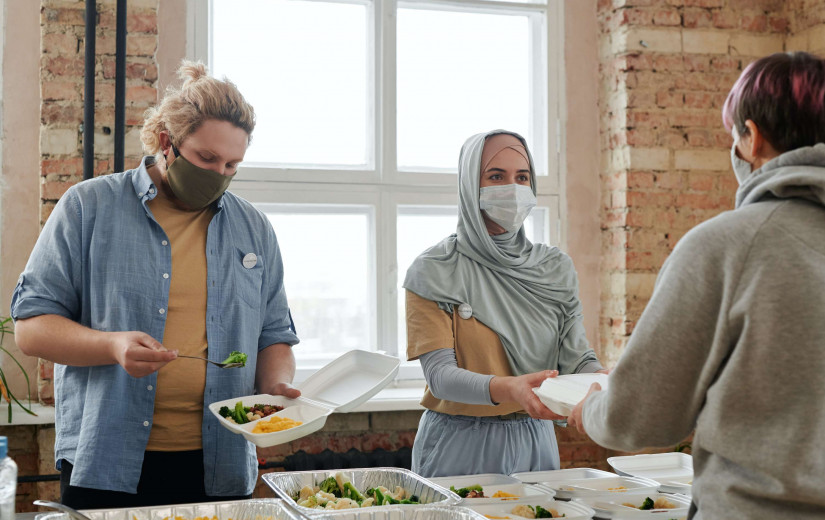Worried About Tear Gas? Here is What to Do If You Plan to Protest
The use of tear gas has been all over the news for the last week. As more protestors take to the streets to express their desire to see racial equality, police have resorted to using tear gas to disperse crowds in tense situations. Here is what you need to know about this substance and how you can protect yourself if you decide to take to the streets.
What Is Tear Gas
Tear gas has been traditionally used in times of civil unrest. Over the last few days, the substance has been used in cities all over the nation in an attempt to break up crowds that have been protesting the death of George Floyd at the hands of police brutality in Minneapolis. According to the Centers for Disease Control and Prevention (CDC), the two most typically used riot control agents are chloroacetophenone (CN) and chlorobenzylidenemalononitrile (CS).
Tear gas starts as a powdery form. When the pressurized powder mixes with a liquid formulation, it is deployed into the air as tear gas. This substance should not be confused with pepper spray. The agent pepper spray is made with the active chemical capsaicin and can be deployed as a mist or in the form of projectile balls fired from a gun.
How the Body Reacts to Tear Gas
If tear gas gets into the eyes, it may cause painful burning, blurred vision, and watering. When it reaches the nasal passages, people may experience a runny nose and a burning sensation. If exposed to tear gas, you may also experience difficulty swallowing, shortness of breath, coughing, and tightness in the chest. The CDC warns that those exposed to the agent in close proximity may see long-term effects, including respiratory failure or vision issues such as glaucoma and possibly even blindness. While tear gas is banned according to a listing in the 1993 International Chemical Weapons Convention, the convention does not cover the use of it when deployed against rioters. This gray area continues to raise questions about its use in this type of situation with many people believing that it is inhumane for law enforcement to deploy it as a means of crowd control.
Items to Have on Hand
If you are headed out to a protest and are worried about the use of tear gas, there are things that you can take to help to mitigate the chance that you are significantly affected by its deployment. If you anticipate that the tear gas might be used to break up the protest, be sure to bring along a pair of goggles to protect your eyes. A full face shield will also provide good protection. Comfortable shoes are a necessity in case you need to run away from the gas. Lastly, be sure to bring along your identification, health insurance card, and cash in the event that you need to seek medical attention.
If You Are Exposed to Tear Gas
If you are exposed to tear gas despite your best intentions, it is important to know what to do. The first thing to remember is to not panic. While it may be painful, tear gas will not kill you. To the best of your ability, remove yourself from the cloud of gas so that you can begin treating the discomfort. The gold standard antidote to tear gas is a liquid antacid and water mixture that mixes equal parts water and either magnesium hydroxide or aluminum hydroxide. Apply this mixture generously to the eyes, face, and other affected areas. If this type of mixture is not available, you can also try using milk in the same fashion. Or try mixing baking soda with water to apply to the irritation.
It is also recommended to remove any clothing that has been sprayed with the gas as soon as possible. Because you do not want to inadvertently get this on on your skin, it is better to cut the clothes off of the body rather than lifting them over your head. Wash your skin thoroughly as soon as you are able.
If you decide to protest peacefully, you need to be prepared for the use of tear gas. Even the most peaceful demonstrations can get out of hand quickly. Knowing what to bring with you and how to take action quickly can potentially save you a significant amount of discomfort.

















